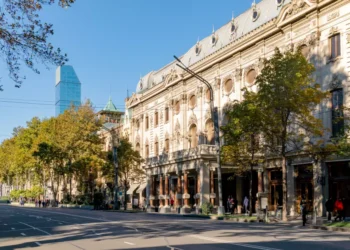This year’s Tbilisi Piano Festival featured performances by numerous renowned celebrities from around the world, including Marc-André Hamelin, Cyprien Katsaris, Jerome Rose, and Edith Peña. Equally significant were the Georgian stars, who transformed diverse and sometimes unexpected venues into vibrant concert spaces. The 2024 edition of the festival showcased four notable concerts by Tamta Magradze, Nicolas Namoradze, Dudana Mazmanishvili, and David Aladashvili, each highlighting unique intersections of music, architecture, and public life.
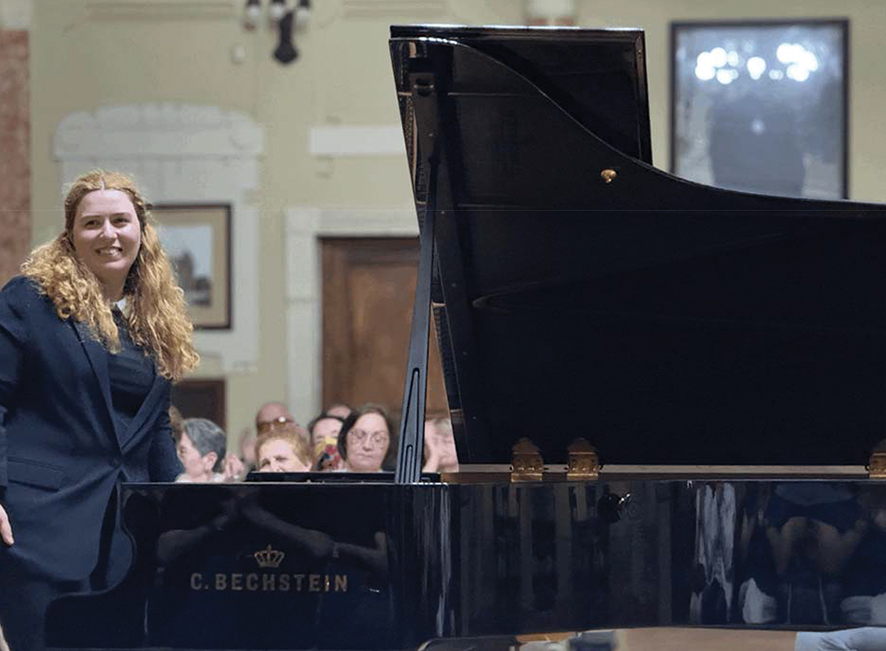
The Parliamentary Library of Georgia, steeped in history and intellect, provided a rich backdrop for Tamta Magradze’s performance. Her program, featuring the baroque elegance of Scarlatti and Haendel alongside the modern mysticism of Gubaidulina, created a dialogue between the old and the new, mirroring the library’s dual role as a preserver of history and a beacon of contemporary thought. The library’s serene and contemplative environment amplified the intricate structures and emotional depths of the compositions, allowing the audience to experience a profound sense of temporal continuity and intellectual engagement.
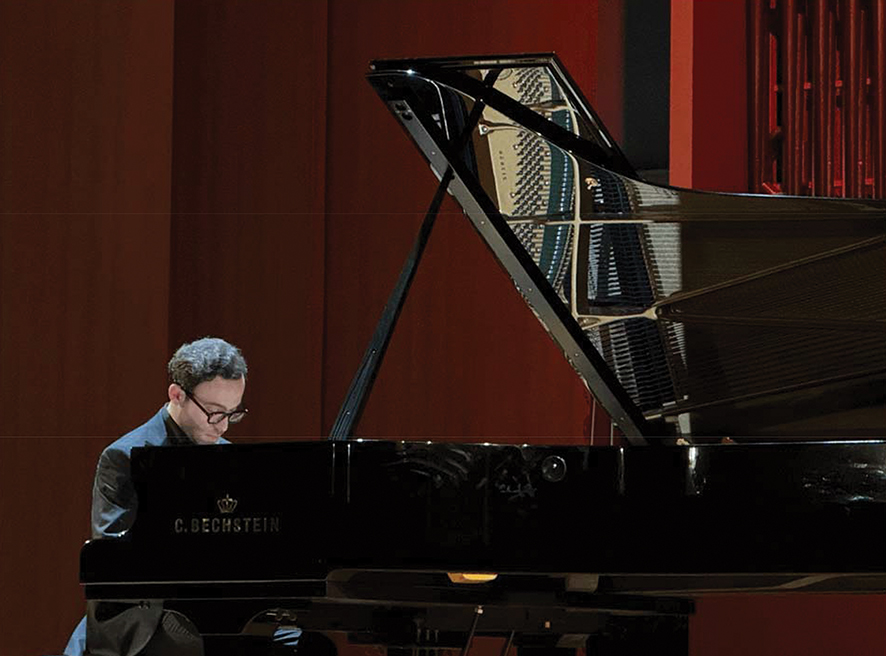
The Tbilisi State Conservatoire Grand Hall, a traditional and revered space for classical music, resonated with the intellectual rigor and emotional intensity of Nicolas Namoradze’s program. Featuring the complex sonatas and fugues of Scriabin, Bach, and Beethoven, Namoradze’s performance emphasized the technical brilliance and interpretative depth of these compositions. The Grand Hall, with its acoustical advantage and historical significance, served as a fitting venue for exploring the profound musical ideas and philosophical questions posed by these master composers and their respective musical forms, underscoring the Conservatoire’s role as a center of musical excellence and academic pursuit.
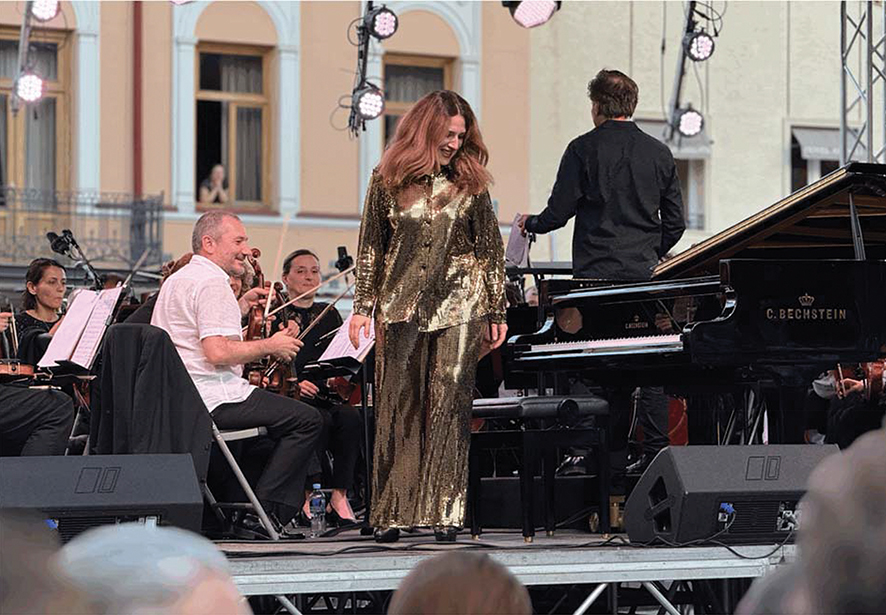
Orbeliani Square, an open-air venue, offered a contrasting and lively setting for Dudana Mazmanishvili’s performance of Gershwin’s music under the baton of guest conductor Kristian Järvi. The square, a bustling public space, brought an informal and accessible atmosphere to the festival, inviting a broader audience to experience the joy and dynamism of Gershwin’s compositions. The choice of an outdoor venue highlighted the social and communal aspects of music, breaking down barriers between performers and the public. Mazmanishvili’s interpretation of Gershwin captured the spirit of urban vitality and cultural diversity, resonating with the everyday life of Tbilisi’s inhabitants, civic engagement, and the songs of birds.
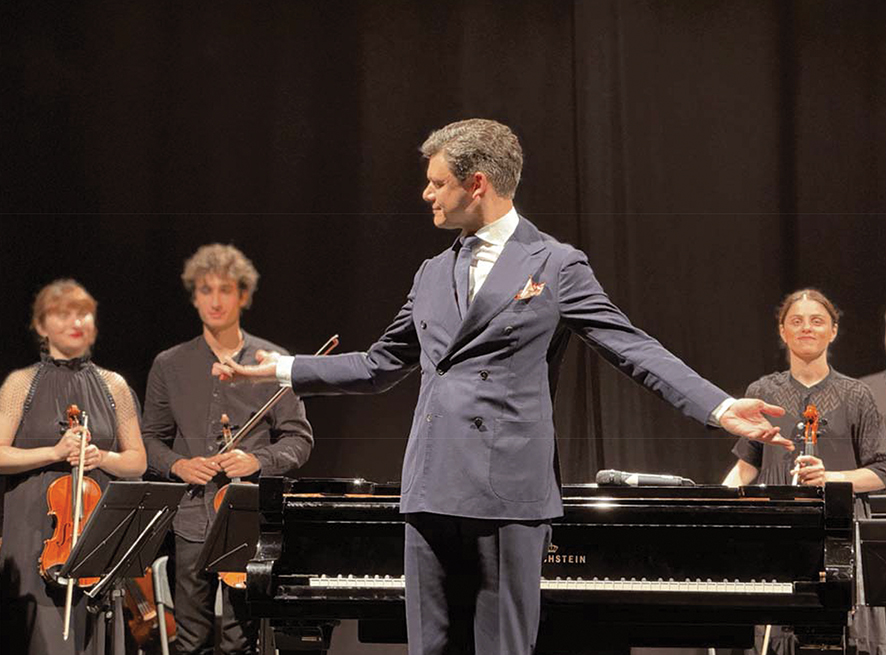
The Silk Factory Studio, a repurposed industrial space, provided a contemporary setting for David Aladashvili and the Georgian Sinfonietta’s concert. This venue, with its raw and adaptive character, symbolized creativity and transformation, making it an ideal location for a children’s concert. The program, featuring Mendelssohn, Beethoven, and Kancheli, was designed to engage and inspire young listeners, fostering an early appreciation for classical music. The informal and flexible nature of the Silk Factory Studio complemented David Aladashvili’s casual and straightforward delivery of educational remarks and stories between pieces of music. This environment facilitated a relaxed and interactive atmosphere, encouraging children to participate actively and explore the music.

Despite the diversity in venues and programs, several common themes and intersections emerged across these concerts.
Dialogue between Tradition and Modernity
Each concert, in its own way, bridged the gap between historical traditions and contemporary expressions. Whether through the juxtaposition of baroque and modern compositions, the intellectual rigor of classical sonatas, the urban vitality of Gershwin, or the transformative potential of an industrial space, the festival celebrated the dynamic evolution of music and its relevance across time.
Spatial and Social Engagement
The choice of venues emphasized the role of space in shaping musical experiences and fostering community engagement. From the intellectual ambiance of the library and the formal grandeur of the Conservatoire to the open accessibility of the square and the innovative adaptability of the studio, each setting contributed to a unique and context-specific musical dialogue.
Educational and Inspirational Outreach
Particularly evident in the kids’ concert, the festival highlighted the importance of education and inspiration in classical music. By creating engaging and accessible performances, the festival aimed to cultivate a new generation of music lovers and ensure the continuity of its rich cultural heritage.
Cultural and Emotional Resonance
The festival showcased the power of music to evoke deep cultural and emotional responses. Whether through the intellectual contemplation inspired by Magradze, the profound introspection elicited by Namoradze, the joyful energy brought by Mazmanishvili, or the playful curiosity encouraged by Aladashvili, each concert touched upon different facets of the human experience.
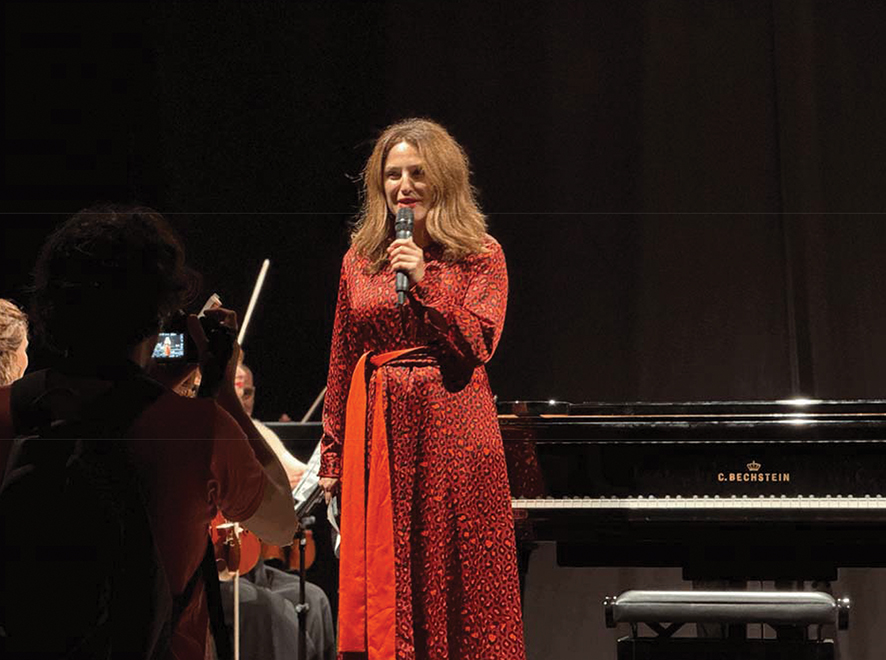
The Tbilisi Piano Festival’s adventurous use of diverse venues not only enriched the musical experience but also highlighted the city’s vibrant cultural landscape. Through their performances, Georgian pianists transformed libraries, concert halls, public squares, and industrial studios into spaces of profound musical and social interaction, demonstrating the universal and transformative power of music. The festival’s ability to harmonize tradition with modernity, formal settings with informal spaces, and intellectual engagement with emotional resonance underscores the enduring and dynamic nature of Tbilisi’s musical heritage.
By Ivan Nechaev
Editor’s Note: We had a mix-up of photos and will add the correct photos to this article on Monday morning. Apologies to both organizers and participants!


